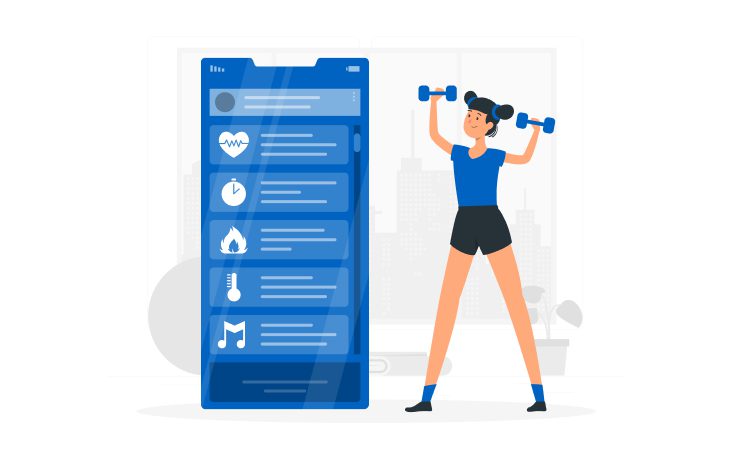
How to Build a Fitness App Step-by-Step: MVP, Extra Features, and Costs



The field of fitness app development is witnessing a surge in popularity, mirroring the upward trend in wellness app development. These innovative solutions empower users to track their activity, weight, and calories burned while offering the possibility to incorporate gamification and competition elements into their training routines.
As the fitness app development market continues to expand, it presents both opportunities and challenges. On one hand, there is a growing demand, and the cost of user engagement is increasing. Ensuring the profitability of your app development project is crucial in this competitive landscape.
This article is dedicated to elucidating the steps to create a robust app, dissecting the associated costs, and outlining the key characteristics that define a thriving development venture.
Content
The pandemic has changed the world. People now realize that health is a priority and needs to be given attention daily. However, even without a pandemic, the fitness app gives users plenty of bonuses, unlike a gym membership or a fitness trainer. That’s why gym workout app development is currently on the rise.
Statista says the number of fitness app users in the US is growing. By 2024 it was more than 86.3 million users.Fitness app development has thrived, with nearly all investments yielding returns, thanks to the expanding fitness community.
Key factors include the enduring popularity of fitness, as people seek ways to stay healthy. A fitness app addresses common issues:
Users can create personalized training programs, choose exercises, manage weight, and receive visual exercise guidance. These features drive the success of fitness app development.
All fitness applications can vary by types of monetization, functionality, activity tracking, motivation, etc. That is why they are divided into classes for ease of classification and user selection.
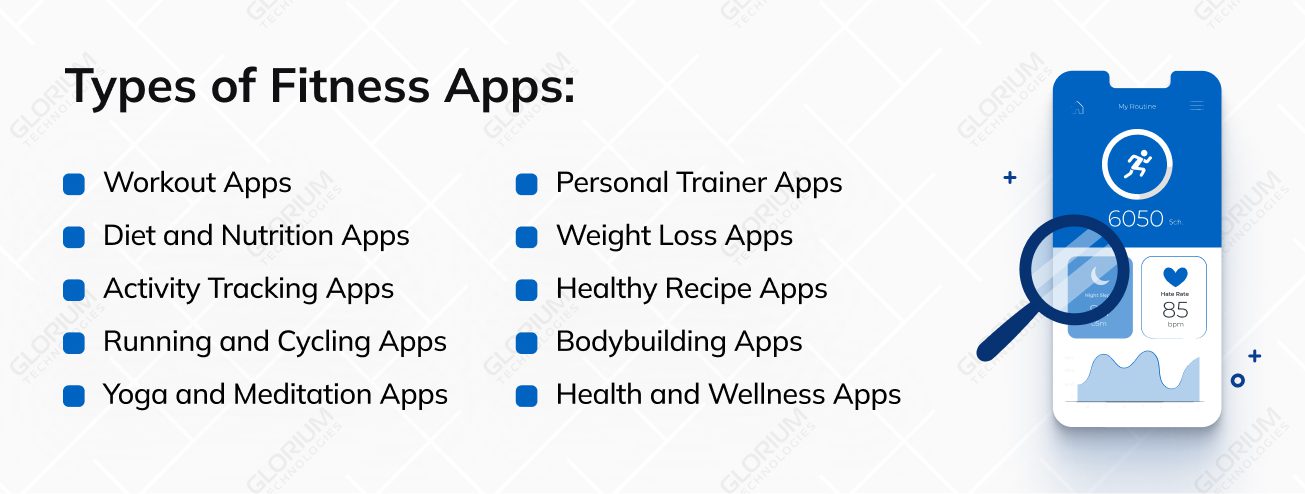
Fitness app development has gained immense popularity in recent years, with a surge in demand for a wide range of fitness app types. Entrepreneurs and developers are eager to create their own fitness app to tap into the market. Here are some fitness app types that cater to various user needs:
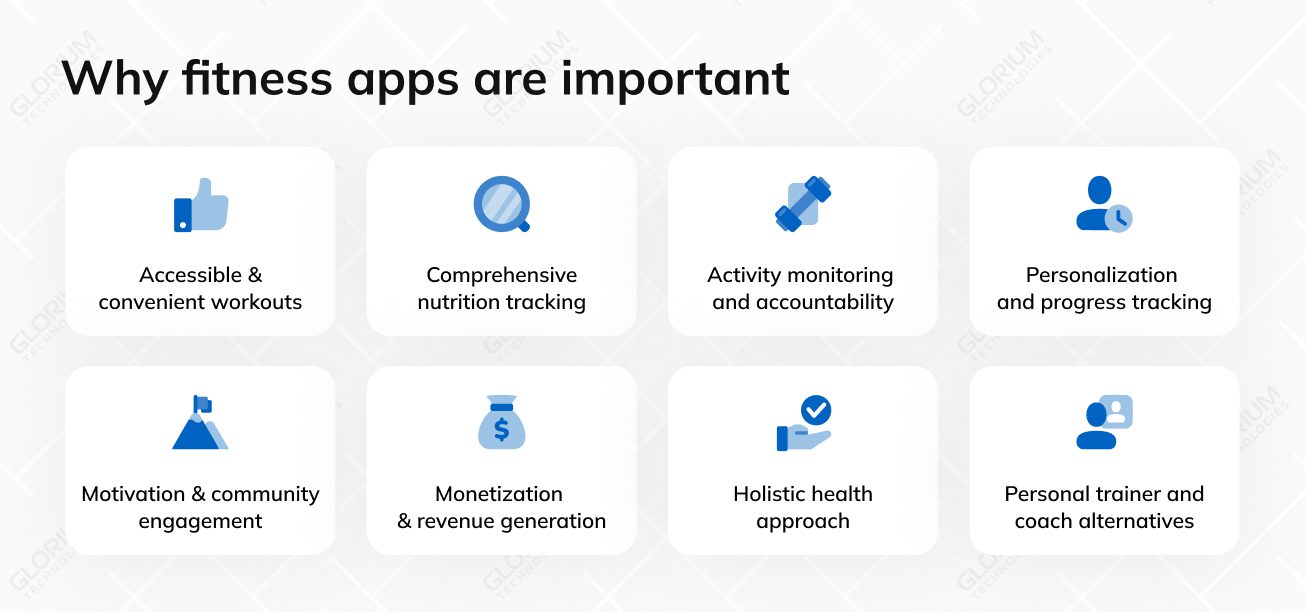
A well-thought-out strategy enables you to create a mobile fitness application and effectively monetize your app, all while considering market development prospects.
However, it’s important to note that, as per Gartner predictions, only 0.01% of the current applications will prove profitable in the years to come.
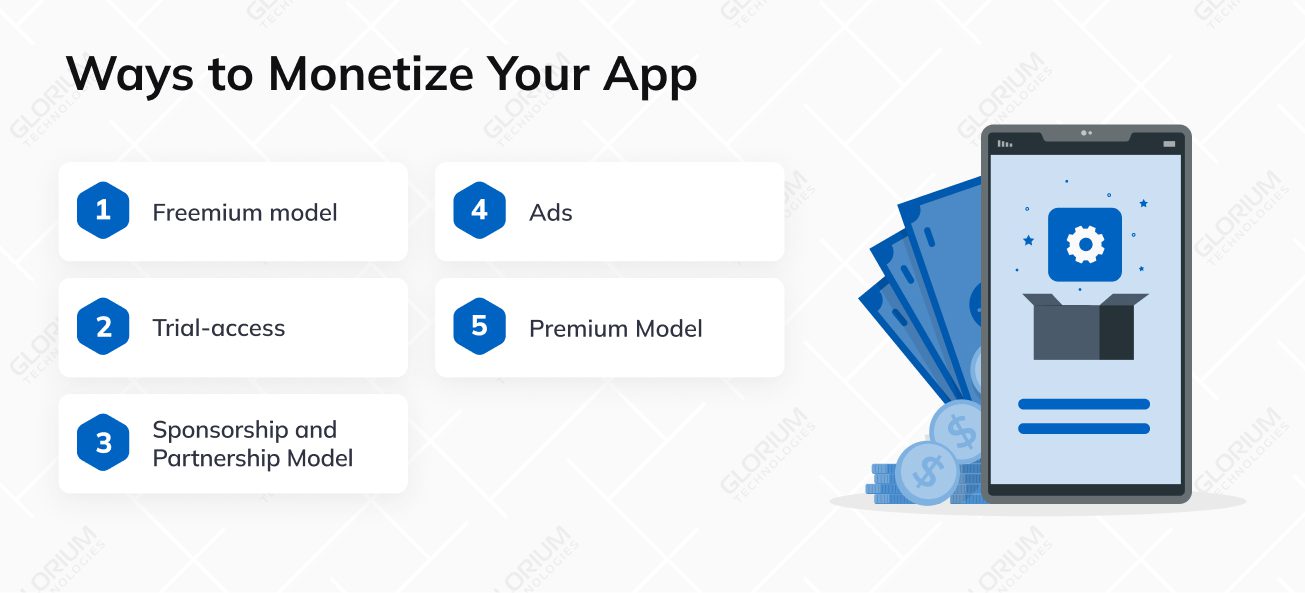
App Store and Google Play are already home to more than a million apps, with free apps accounting for a substantial 94.5% of downloads, and these figures are poised to increase in the upcoming years.
Let’s take a look at various business models for monetization, including:
By implementing these monetization strategies effectively and staying attuned to market trends, you can capitalize on the growth potential of fitness app development and maximize your app’s revenue potential.
The business model involves creating a free application with the ability to buy additional paid features. For example, a user can communicate with other app users free of charge via chat or voice.
Trial access provides users with access to all features for a limited time, usually between 7 and 30 days. This strategy is primarily educational in nature.
After experiencing the full potential of your fitness app, users must decide whether to make a purchase or continue with the free version. Implementing trial access can significantly boost software sales, making it a common marketing strategy in an app.
To make significant earnings from advertising, your app needs thousands of users, as apps with low usage won’t generate sufficient revenue from in app ads.
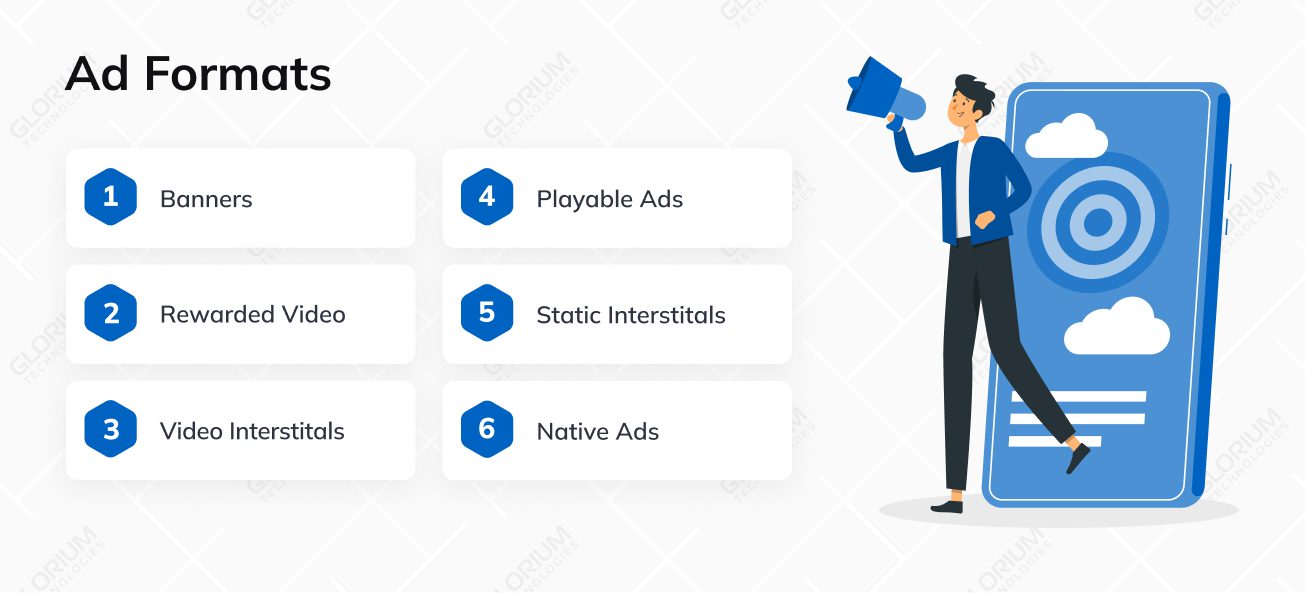
You can leverage advertising networks or mediators if your app lacks an in-house sales department for advertising. Different regions have their preferred solutions.
When advertisers pay based on user actions within your app, it falls under the CPA model (cost per action). Another approach to generate revenue through advertising in your app is by placing banners and advertising inserts within the application.
The success of this model relies on offering valuable services and determining the optimal subscription cost to entice users to subscribe.
Users can access basic functionality for free upon downloading the app, with the option to pay a monthly premium access fee for additional features. The app continues to offer essential functions even without payment.
This strategy assumes that, after paying, the user gains access to all of the app’s features, making it especially attractive for comprehensive fitness applications with extended workouts, customized diets, personal trainer recommendations, and various video exercises.
Whether you’re looking to create your own fitness app and looking for fitness app development services or just searching for the perfect one for your needs, it’s crucial to know what features a fitness app should include to stand out in the competitive market.
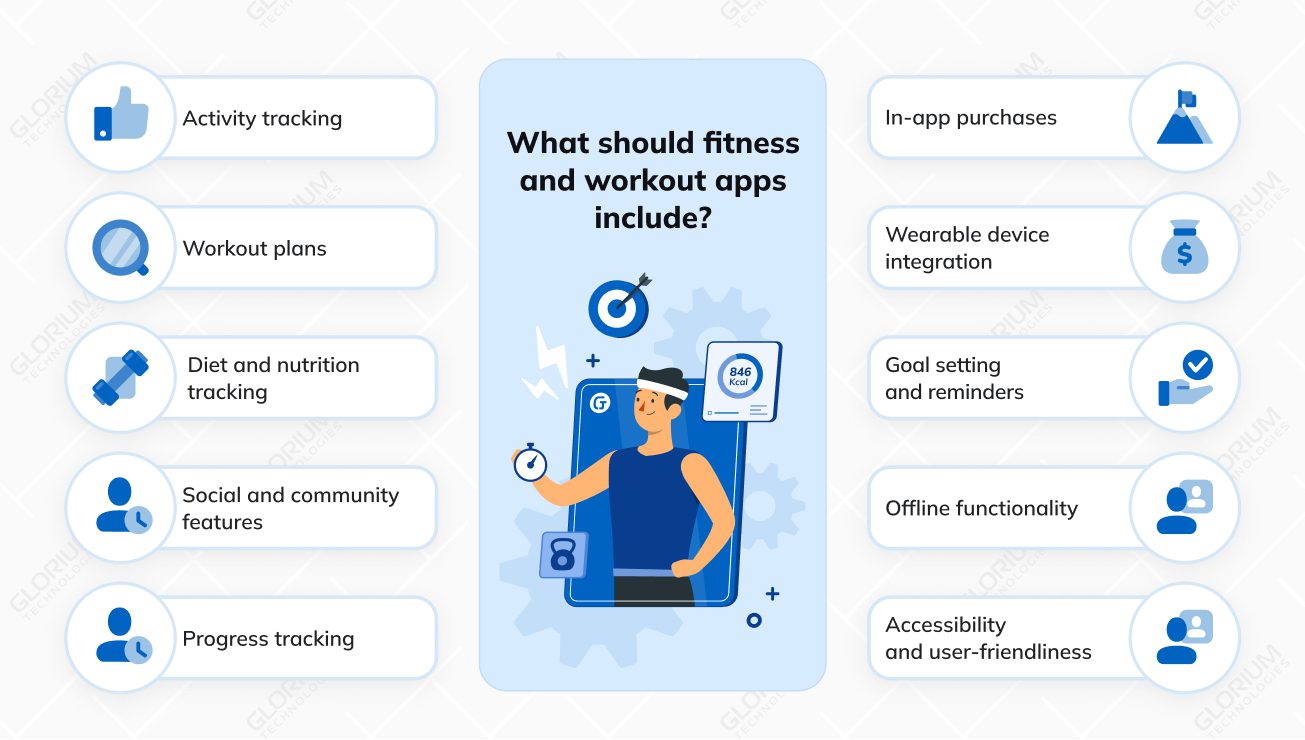
Activity tracking is the foundation of any fitness app. This app should include features that allow users to monitor their daily physical activity. This can include step counts, distance covered, calories burned, and even heart rate monitoring.
The accuracy and comprehensiveness of these tracking metrics can significantly influence the success of your fitness app.
This fitness app should offer a variety of workout plans suitable for users of all fitness levels. A well-rounded fitness app should include pre-designed workout routines and the ability to create custom workouts tailored to individual preferences and goals.
Users should be able to access guided workouts with video demonstrations for proper form and technique.
To provide a holistic approach to wellness and health, fitness apps should integrate diet and nutrition tracking features. Users can log their daily food intake, set dietary goals, and receive personalized recommendations based on their fitness objectives.
To keep users motivated, many fitness apps incorporate social and community elements. Features like in-app challenges, leaderboards, and the ability to connect with friends or other users can enhance engagement and accountability.
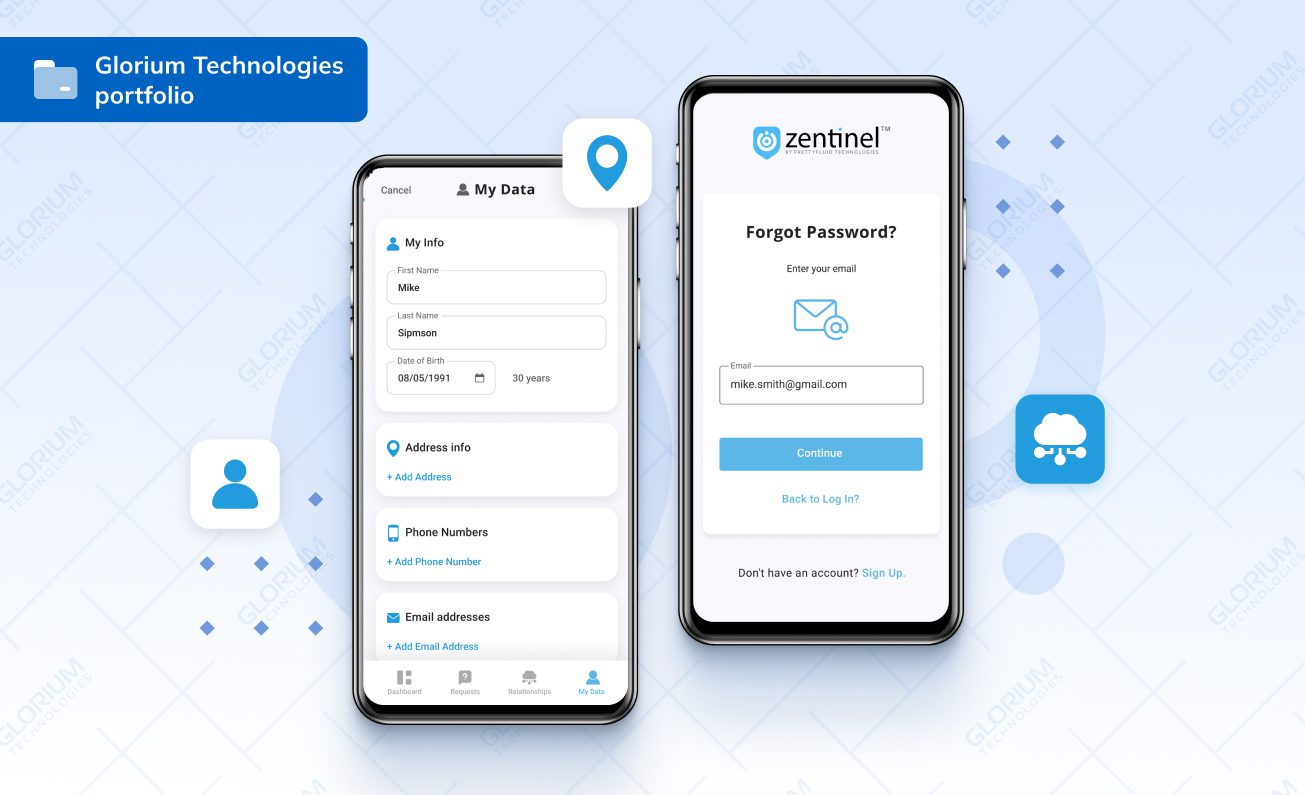 Progress tracking
Progress trackingA comprehensive fitness app should allow users to track their progress over time. This includes charts and graphs that show improvements in strength, endurance, weight loss, or any other fitness goals. This visual feedback can help users stay motivated and make necessary adjustments to their routines.
Monetization is an essential aspect of fitness apps. In-app purchases can offer users additional premium content or features.
Examples include access to advanced workouts, premium meal plans, or an ad-free experience. Effective pricing strategies and a seamless payment process are crucial to the success of paid apps.
Compatibility with wearable fitness trackers and smartwatches is becoming increasingly important. Fitness apps should be able to sync with these devices to provide users with real-time data and a more accurate picture of their fitness progress.
Users should be able to set clear fitness goals within the app and receive reminders to help them stay on track. These reminders can be for workouts, meal planning, or hydration reminders to ensure users maintain their fitness routines.
Fitness applications should offer offline functionality, allowing users to access their workout plans and data without the need for a constant internet connection.
Finally, user-friendliness and accessibility are paramount. A fitness app should be easy to navigate, with a clean and intuitive interface. It should cater to users of all ages and fitness levels, ensuring that anyone can use it effectively.
Creating a fitness app requires careful consideration and planning various factors to ensure the success in the competitive market. Here are the essential steps and considerations to guide you in creating your own fitness app.
The point of MVP development is to make sure that there is demand for the solution in a real audience and that it is worth investing in its implementation. So, it is essential to choose the core functionality and implement it in the most efficient way in terms of resource spending. Don`t strive to make the most user-friendly and sophisticated design here. The main idea is to get a workable solution and offer it to end users. Only if you can sell it to them, feel free to invest in adding extra functionality, upgrading the design, etc.
The budget for MVP development is estimated within the discovery phase when we define requirements for the future solution, determine the solution plan, technical team composition, and product features implementation based on the rates of experts involved. A client gets a detailed monthly report on project progress and precise calculations.
Anna VoznaClient Success Manager, Glorium Technologies
Start with market research and understand the existing competition and identify gaps or niches within the market. Analyze popular fitness applications, workout apps, and activity tracking apps to determine what features users appreciate and which areas need improvement.
Determine what sets your fitness app apart from the competition. Is it innovative workout plans, personalized nutrition tracking, or a unique social feature? Your USP should address the needs and preferences of your target audience.
Decide whether you want to create a fitness app for iOS, Android, or both platforms. Consider the preferred mobile devices.
Start with a team of experienced developers, designers, and fitness experts who can collaborate to bring your fitness app idea to life. Ensure that your team is proficient in app development for the chosen platform(s).
You need to think about developing an intuitive and visually appealing user interface (UI) that makes navigation seamless for users. User experience is critical; ensure that the app is easy to use, with clear instructions and engaging visuals.
Incorporate the key features mentioned earlier, such as activity tracking, workout plans, diet and nutrition tracking, social and community features, progress tracking, and more.
When you create a fitness app, ensure that the features are user-centric and align with your app’s USP.
If possible, integrate your fitness app with wearable fitness trackers and smartwatches with real-time data and enhanced functionality.
When you create your fitness app, decide on your app’s monetization strategy. Options include offering a free fitness app with in-app purchases, a one-time purchase fee, or a subscription model. Ensure that your pricing strategy fits the value your app provides.
Thoroughly test your fitness app to rectify any bugs or usability issues. QA is essential for smooth user experience.
Prepare a robust marketing plan to promote your fitness app after you create a fitness app. Utilize social media, influencers, and app store optimization (ASO) techniques to increase visibility. Launch your app on app stores like Apple App Store and Google Play Store, ensuring it meets all platform-specific guidelines.
Encourage user feedback and listen to your app’s user base. After you create a fitness app, regularly update your app to address issues, add new features, and improve overall functionality.
Ensure that user data is protected. As it is a healthcare app, you need to follow data privacy regulations (GDPR and CCPA) to build trust with users.
After you create a fitness app, offer responsive customer support to address user queries and concerns promptly. Communicate with your user community through social media and in-app communication to foster a sense of belonging.
When you create a fitness app, as well as workout apps, you must have dedication, research, and a strong commitment to providing value to users. By following these steps and staying attuned to the evolving fitness and technology landscape, you can create a really popular fitness app that stands out in the competitive market and helps users achieve their health and fitness goals.
To develop a fitness app, you’ll need a technology stack that includes:
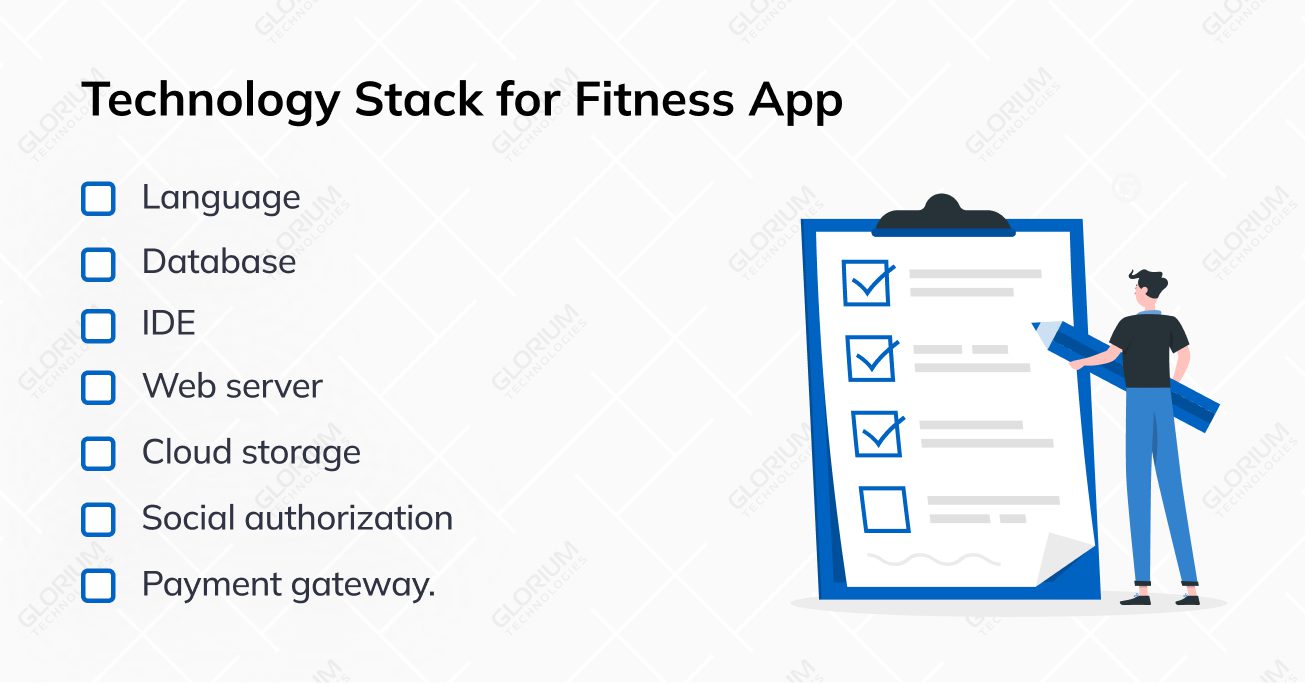
Careful selection and integration of these components will enable you to create a robust fitness application that meets user expectations and remains competitive in the market.
Creating a fitness application has become an attractive venture in the ever-growing market, with the potential to reach a wide audience of health-conscious individuals.
The cost can vary based on different factors, including the features you want to include, the platform(s) you target, and the complexity of the app.
The cost can be influenced by the features you want to incorporate when you make a fitness app. Basic features such as activity tracking, workout plans, and nutrition tracking are essential and may be less expensive to develop. However, premium features like real-time data syncing, social integration, or personalized coaching will increase development costs.
The cost of developing a fitness application is influenced by the chosen cooperation model and the country where the development occurs. Factors like outsourcing, hiring a dedicated team, or working with freelancers, as well as variations in labor rates and expertise across countries, play a big role in determining the overall cost of mobile fitness apps.
At Glorium Technologies, we have dedicated fitness app developers with expertise in creating cutting-edge fitness, workout, and activity tracking apps. Our team understands the market, from basic features to advanced functionalities, ensuring that your app meets the evolving needs of health-conscious users. We know how to make a fitness app! Learn more about our case study.
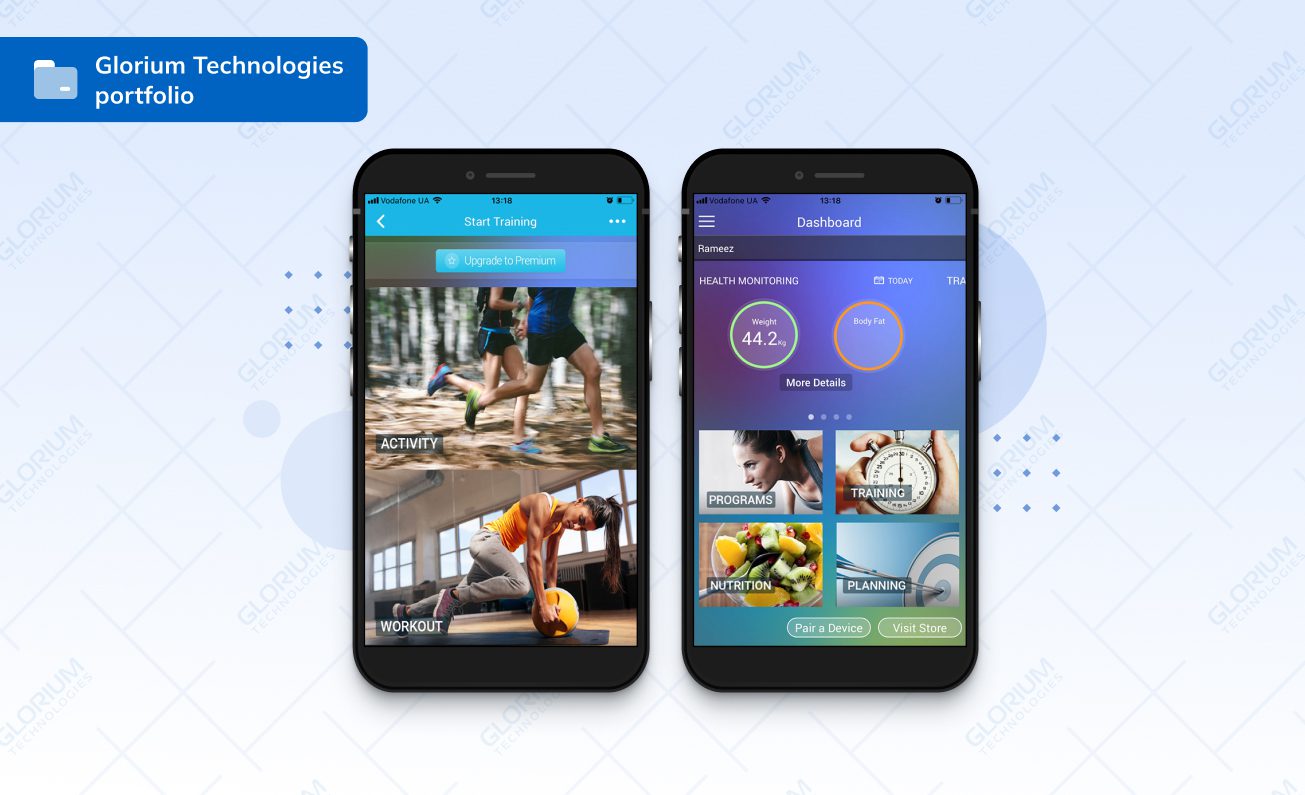
With 13+ years of experience in healthcare, we offer cost-effective development solutions with skilled professionals. Our commitment to delivering user-friendly, high-quality fitness applications has made us a trusted partner in the tech world.
The market is witnessing unprecedented growth, presenting a substantial opportunity for paid workout apps. With the increasing demand for fitness solutions, users are willing to invest in premium apps that offer advanced features and comprehensive fitness and nutrition tracking.
Capitalizing on this market can lead to a successful venture in fitness mobile app development, including health and fitness apps and even gym workout app development for personalized workouts. So it’s time to make a fitness app!
Yes, it’s crucial to safeguard your innovative fitness app idea when you make a fitness app.
Utilize non-disclosure agreements (NDAs) and consult legal experts to ensure your concept remains confidential throughout the app development process.
Collaborating with a trusted fitness app development team can also help protect your intellectual property.
Indeed, diet and nutrition apps are integral components of the thriving market.
These apps cater to users’ holistic health needs by enabling them to track their dietary intake, create meal plans, and achieve their nutrition goals alongside their workout routines.
Integrating nutrition features can enhance the appeal of your fitness application.
To differentiate and excel in the fiercely competitive fitness app market, a paid workout app or wellness app solutions must offer a unique value proposition.
This could entail personalized workout plans, advanced activity tracking for Apple watch, expert coaching, or a comprehensive blend of fitness and nutrition capabilities.
High-quality content, app features, user-friendly design, and regular updates are essential to retaining paying users and establishing a strong presence.
Initiating your journey in creating your own workout app or workout plan app within the fitness app market involves several strategic steps. Begin by conducting comprehensive market research to pinpoint your target audience’s specific needs and preferences.
Assemble a dedicated development team with expertise in fitness application development. Carefully plan your app features, choose an effective monetization strategy, and prioritize user-friendly design.
When you’re ready with the app features, focus on rigorous testing, robust marketing efforts, and consistent updates to establish a notable presence and capture the attention of fitness enthusiasts in this competitive fitness apps market.
Fitness app features encompass a wide range of functionalities designed to enhance users’ health and wellness journeys. These fitness app ideas include workout plans, activity tracking, diet and nutrition tracking (nutrition and diet app is a part of health app development), progress monitoring, and personalized guidance.
Additionally, fitness app often facilitate social engagement, allowing users to connect with others pursuing similar goals. As part of the development process, it’s essential to continuously monitor user reviews and feedback to make improvements and stay competitive in the ever-evolving landscape of fitness and nutrition app and their development process.
Analyzing other fitness apps can also provide valuable insights into emerging trends and user expectations, further enhancing the overall user experience. When developing your fitness app, consider starting with a minimum viable product (MVP) to quickly launch essential features and gather user feedback for iterative improvements.

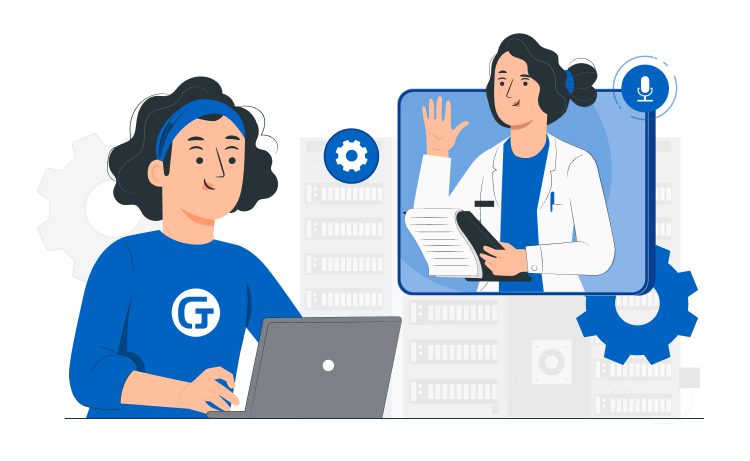
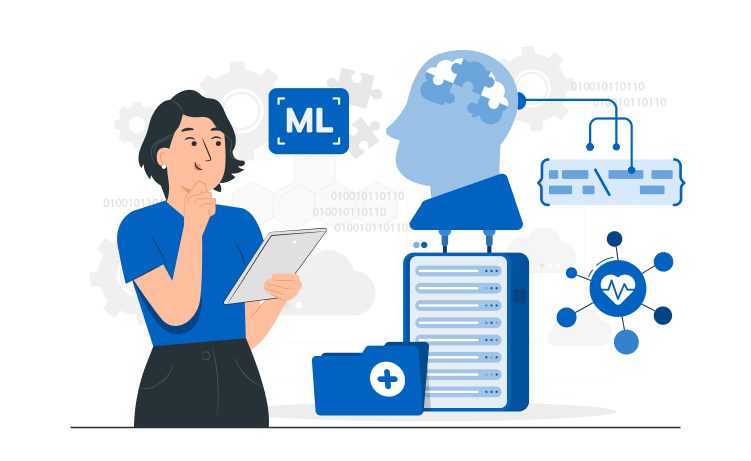

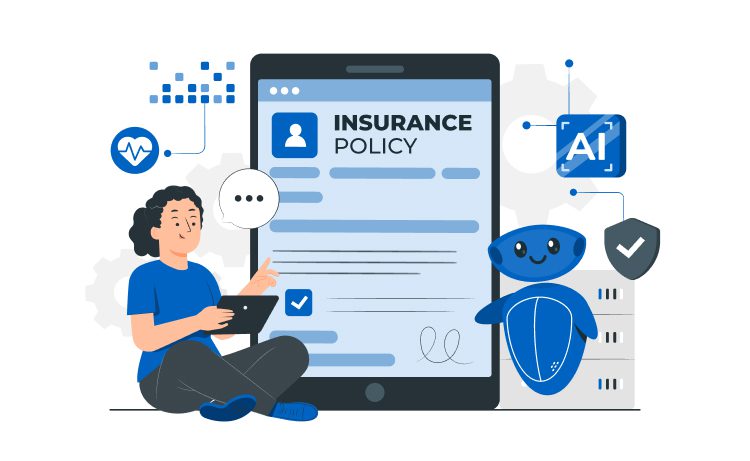
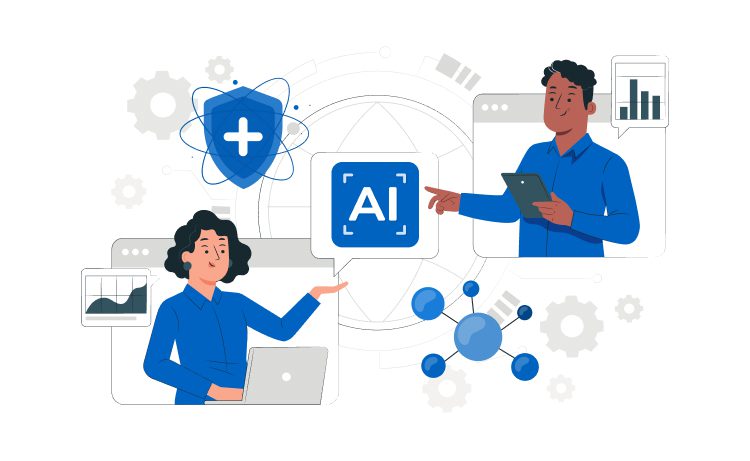
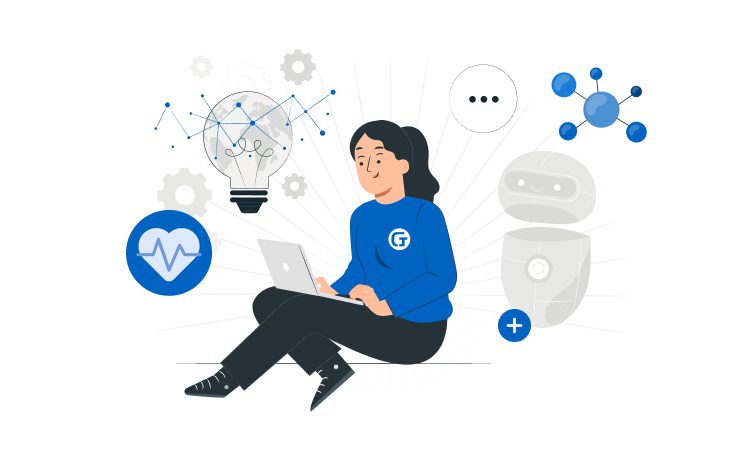

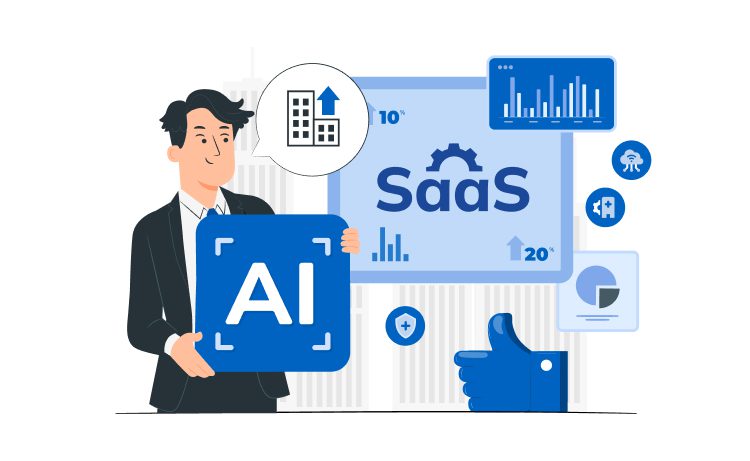
| Cookie | Duration | Description |
|---|---|---|
| cookielawinfo-checkbox-analytics | 11 months | This cookie is set by GDPR Cookie Consent plugin. The cookie is used to store the user consent for the cookies in the category "Analytics". |
| cookielawinfo-checkbox-functional | 11 months | The cookie is set by GDPR cookie consent to record the user consent for the cookies in the category "Functional". |
| cookielawinfo-checkbox-necessary | 11 months | This cookie is set by GDPR Cookie Consent plugin. The cookies is used to store the user consent for the cookies in the category "Necessary". |
| cookielawinfo-checkbox-others | 11 months | This cookie is set by GDPR Cookie Consent plugin. The cookie is used to store the user consent for the cookies in the category "Other. |
| cookielawinfo-checkbox-performance | 11 months | This cookie is set by GDPR Cookie Consent plugin. The cookie is used to store the user consent for the cookies in the category "Performance". |
| viewed_cookie_policy | 11 months | The cookie is set by the GDPR Cookie Consent plugin and is used to store whether or not user has consented to the use of cookies. It does not store any personal data. |